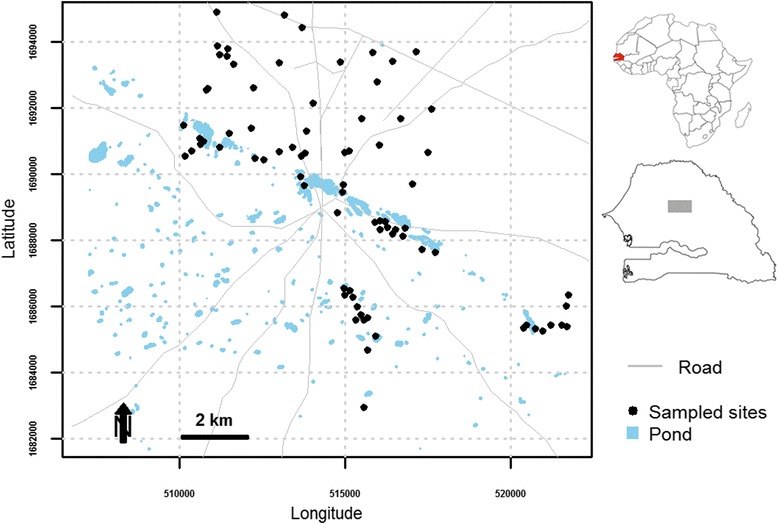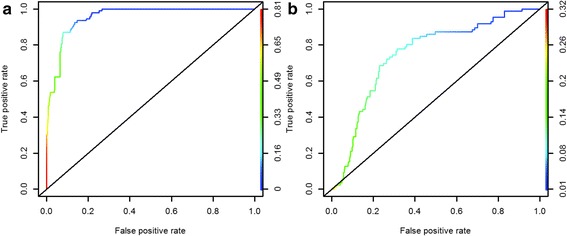In relation to Mosomtai et al. (2016) (see Association of ecological factors with Rift Valley fever occurrence and mapping of risk zones in Kenya) these authors predict the distribution of the two vectors for Rift Valley fever (RVF). Previous studies have looked at disease risk by finding areas with high vectors pressure or virus activity. Here the authors investigate the impact of climate and environment on the presence of Aedes vegans and Culex poicilipes (the two primary vectors of RFV).

Mosquito data was gathered from the Barkedji village (Ferlo area) during 2005 to 2006 across 79 sites. After collecting the data, the Getis-Ord statistic was calculated to determine hotspots (adult mosquito abundance clusters). The Getis-Ord Gi* measures the spatial clustering by identifying hotspots with a higher magnitude than expected from random chance. To deal with spatial autocorrelation, generalized linear mixed effect models were used. The response/dependent variable was the calculated Getis-Ord Gi* of the hotspots. The predictor/independent variables were rainfall, relative humidity, max and min temperature, NDVI, and distance from nearest pond.

For the Culex species, drops in the minimum temperature allows for an increase the occurrence of hotspots. For the Aedes species, there is a negative relationship with relative humidity, max and min temperatures and hotspot occurrence. For both species, the distance to the nearest pond increases the occurrence of a hotspot. The authors close the paper by commenting that these models and understanding what promotes the occurrence of hotspots can lead to better vector control in the area.
Talla, C., Diallo, D., Dia, I., Ba, Y., Ndione, J.-A., Morse, A. P., Diop, A. & Diallo, M. 2016 Modelling hotspots of the two dominant Rift Valley fever vectors (Aedes vexans and Culex poicilipes) in Barkédji, Sénégal. Parasit. Vectors 9, 1.
